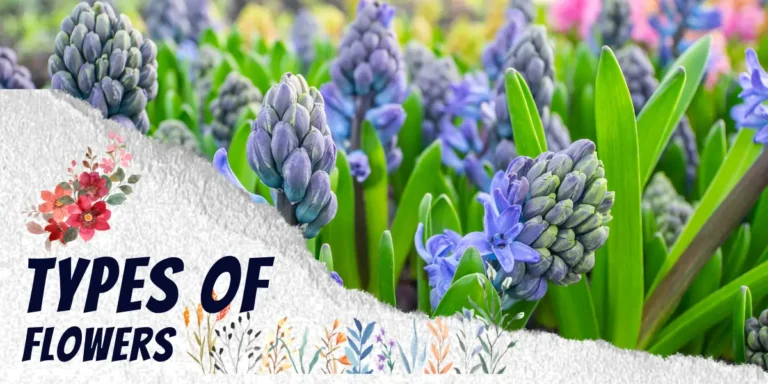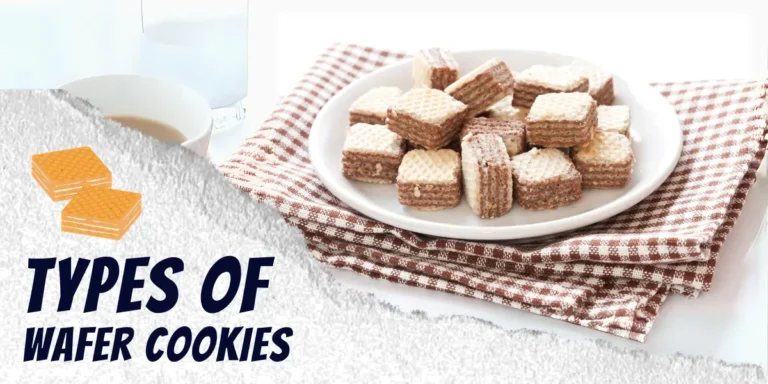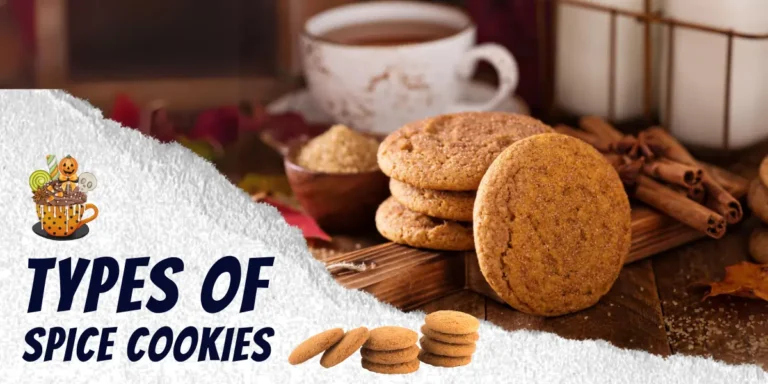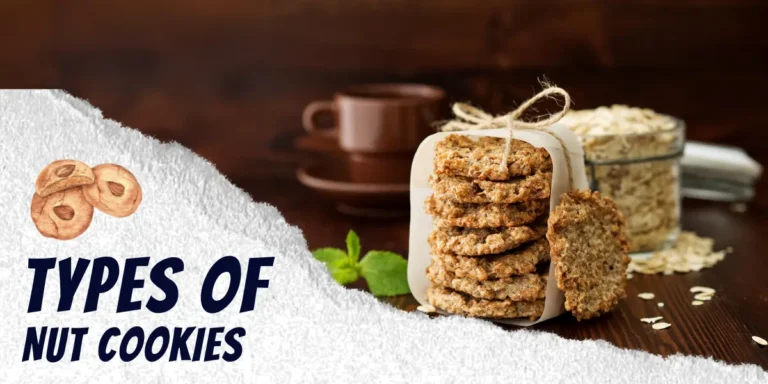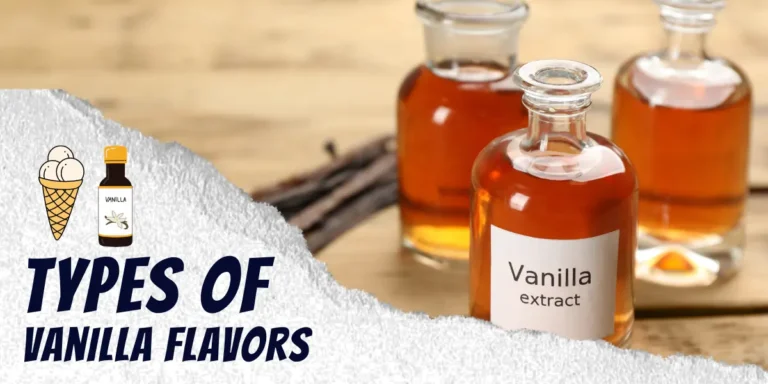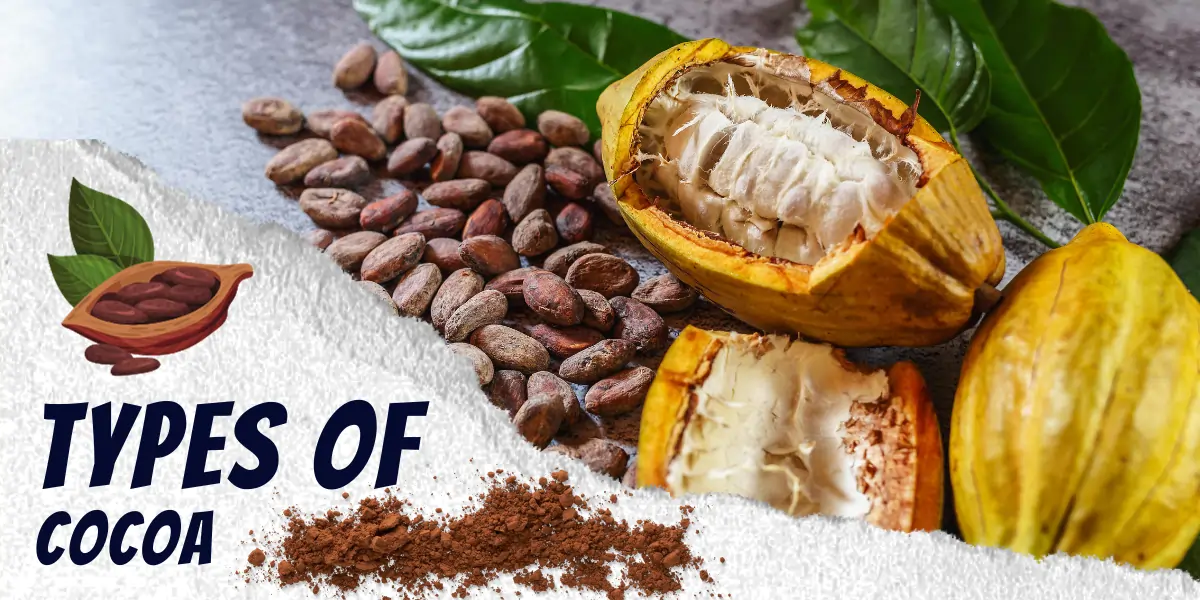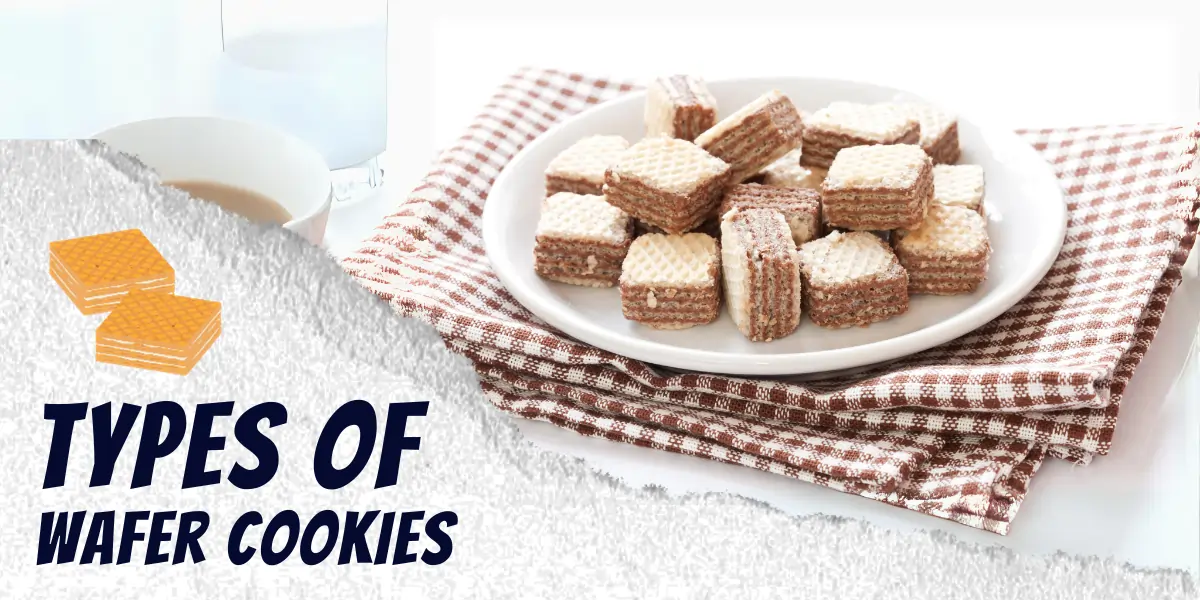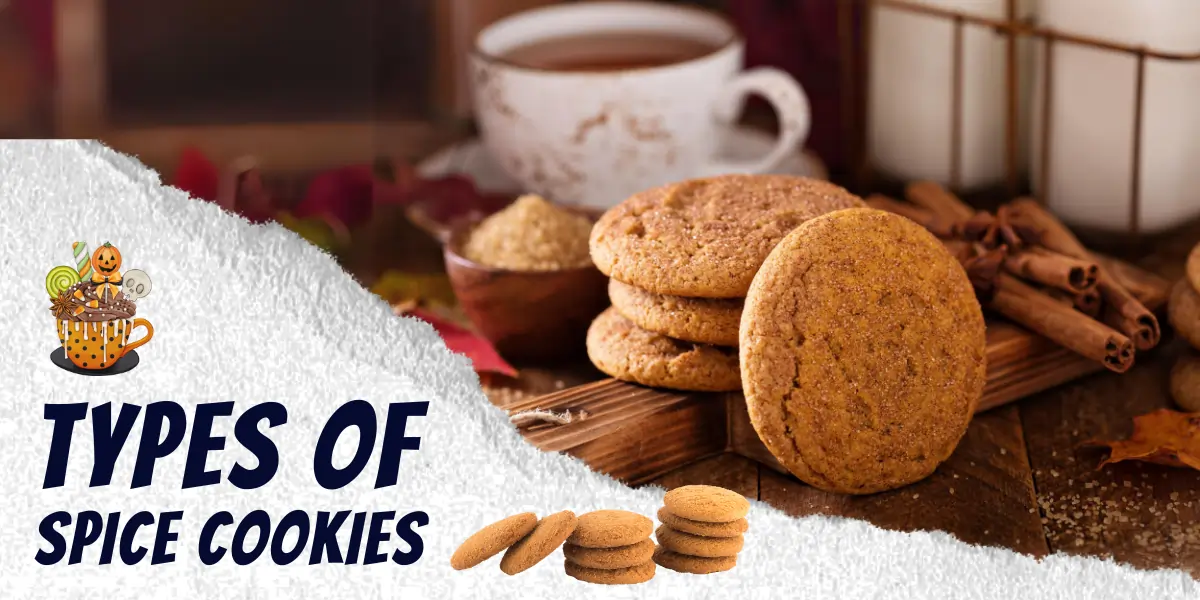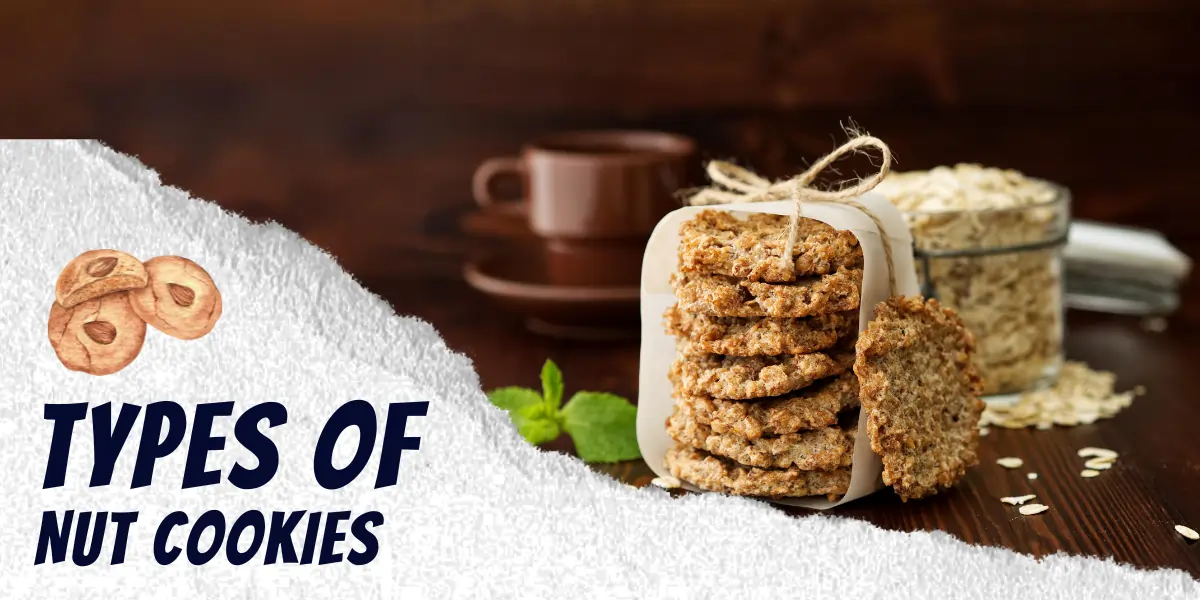Cocoa, the magical bean that gives chocolate its delightful flavor and mood-boosting properties. This wondrous little food seems to have captivated humanity for centuries, fueling cravings, recreational cooking, small talk with friends, and excess cocoa butter lotion purchases.
Something something something dark side something. Let’s explore the enchanting and totally-not-overdramatic world of cocoa!
There are actually a few different types of cocoa to discover, each with their own unique characteristics and best uses. Learning the nuances of cocoa varieties can level up your chocolate recipes, improve the quality of your hot cocoa, and make you everyone’s favorite guest when cocoa conversations crop up.
In this informative post, we’ll cover:
Table of Contents
So whether you’re a chocolatier, baker, or merely a lover of all things chocolate, read on to become a cocoa connoisseur!
Why Learning About Cocoa Matters
Before diving into the types, let’s look quickly at why understanding cocoa even matters in the first place:

- Cocoa is complex! There are actually many nuances that affect taste, quality, price, etc. It’s not as simple as just “cocoa”.
- Great chocolate depends on great cocoa. The variety and process used impacts the eventual flavor.
- Different cocoa types shine better for different uses. Knowing which to use lets you optimize recipes.
- Navigating specialty stores and recipes is easier when you “speak cocoa”. Impress fellow chocolate lovers with knowledge bombs!
So in summary, understanding the spectrum of cocoa possibilities empowers you to use the best type for your creations and conversations. Now, onto the goods!
An Overview of Major Cocoa Types
Many cocoa varieties exist, but we’ll focus on the most common here:
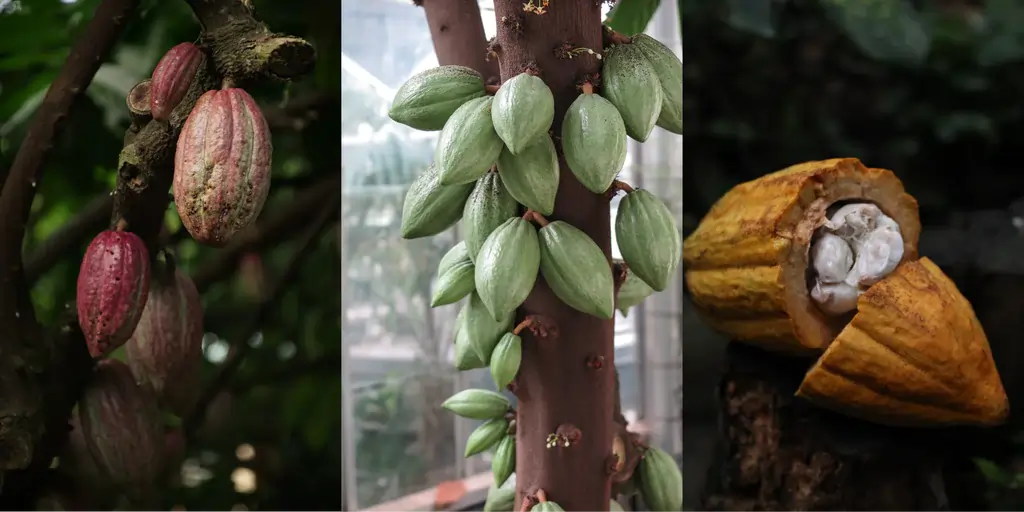
1. Criollo
- The rare, premium cocoa bean comprising just 5% of world supply.
- Prized for its exceptionally complex flavor and aroma.
2. Forastero
- The widely available workhorse cocoa making up 80% of production.
- Key traits are hardiness, high yield, and disease resistance.
3. Trinitario
- A natural hybrid of Criollo and Forastero, combining the best aspects of each.
- Comprises 15% of supply and offers both great flavor and yield.
4. Nacional
- An Ecuadorian variety with an intense fruity and floral flavor.
- Extremely low supply as cocoa pods are vulnerable to disease.
5. High-Cocoa Content
- Umbrella term for chocolate/cocoa with higher than average cocoa percentages.
- Ranges from 60% to 100% cocoa in the final product.
Next, let’s dive deeper into the unique characteristics that set each cocoa type apart.
Key Qualities and Characteristics
Here is a high-level comparison of some of the chief traits that define each major cocoa variety:
| Type | Flavor Profile | Productivity | Supply Amount | Common Uses | |
|---|---|---|---|---|---|
| Criollo | Complex, fruity, flowery notes | Low | 5% | Premium chocolate | |
| Forastero | Nutty, earthy, standard “chocolate” flavor | High | 80% | Basic chocolate, cocoa powder | |
| Tan | Trinitario | Well-balanced, full-bodied, aromatic | Good | 15% | Upscale chocolate |
| Nacional | Bright, fruity, jammy, citrusy | Low due to disease | <1% | Ultra-high-end chocolate | |
| High-Cocoa | Intense “chocolate” taste | Varies | Varies | Baking, dark chocolate |
Now let’s get into more detail on each variety’s unique flavor characteristics and terroir.
Criollo – The Complex Premium Bean
Prized by fine chocolate makers for its complexity and delightful aroma, Criollo delivers layers of flavor Notes commonly associated with Criollo include:
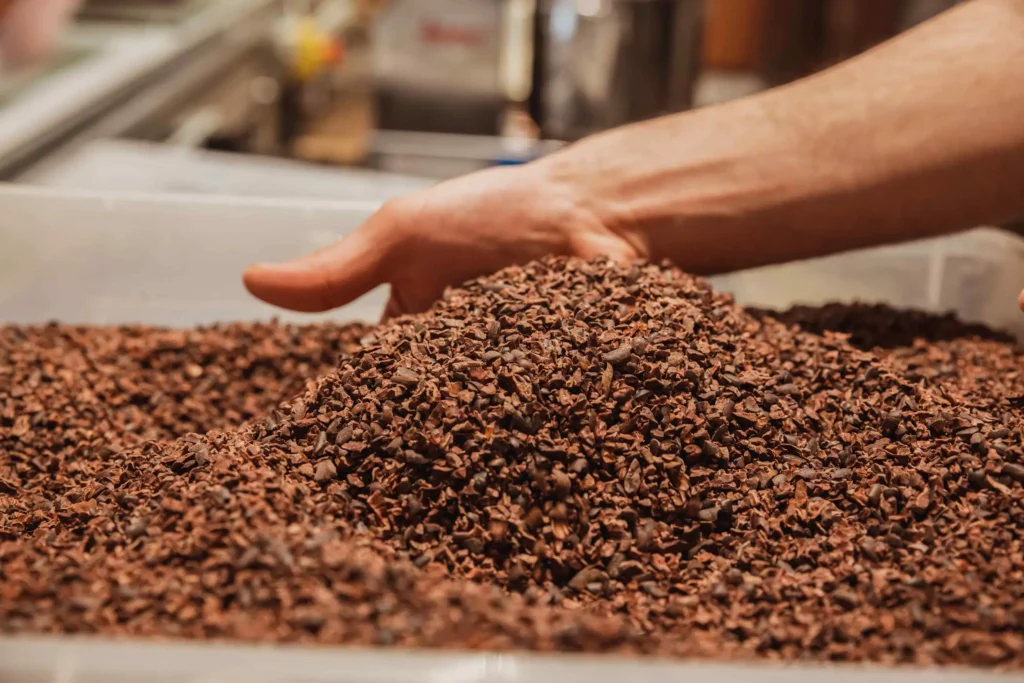
- Fruity – Berry, cherry, citrus
- Floral – Rose, honey
- Spicy – Nutmeg, cinnamon
The combinations and balance can vary widely depending on precise origin and geography. Top regions include Venezuela, Mexico, and Central America.
Forastero – The Hardy Workhorse
Comprising the majority of global cocoa production, Forastero is prized more for yield than flavor complexity. It delivers the familiar chocolatey, cocoa taste but without refined complexity. Common Forastero flavor aspects include:
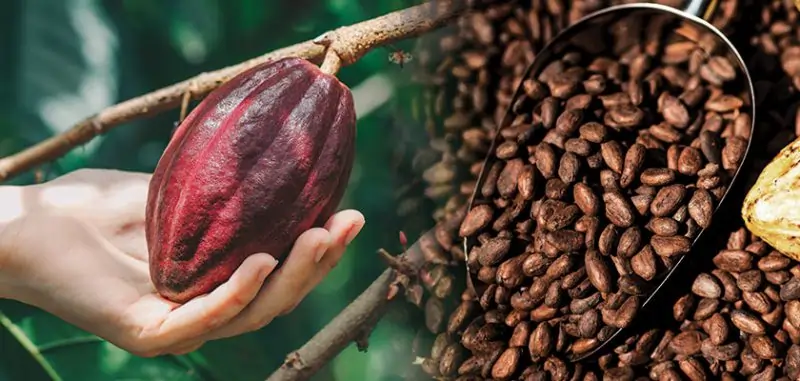
- Nutty – Almond, peanut
- Woodsy – Cedar, tobacco
- Earthy – Soil, mushroom
Forastero grows more vigorously and resists disease better than other varieties. Key countries are Ivory Coast, Ghana, Nigeria, and Brazil.
Trinitario – The Best of Both Worlds
Trinitario is considered a “Goldilocks” bean – possessing better flavor than Forastero but more yield than Criollo. It combines the genetics of both as a natural hybrid. Common flavor notes include:
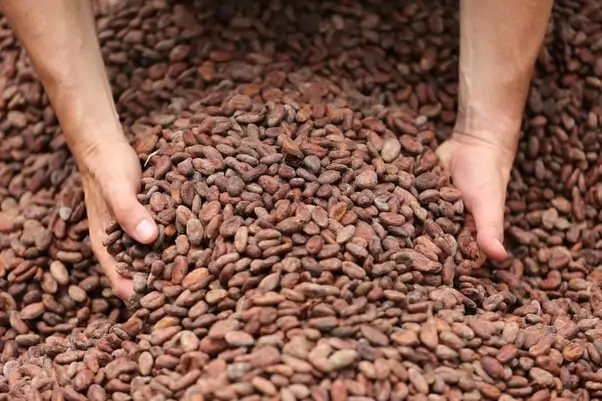
- Fruity – Cherry, berry, citrus
- Floral – Honey
- Spices – Cinnamon, nutmeg
It also carries the aroma well into the eventual chocolate. Trinitario originates from Trinidad, but also grows in Cameroon and Papua New Guinea.
Nacional – The Ultra Premium Variety
Hailing exclusively from Ecuador, Nacional cocoa possesses an intense flavor and aroma balancing fruit and floral notes. Common characteristics include:
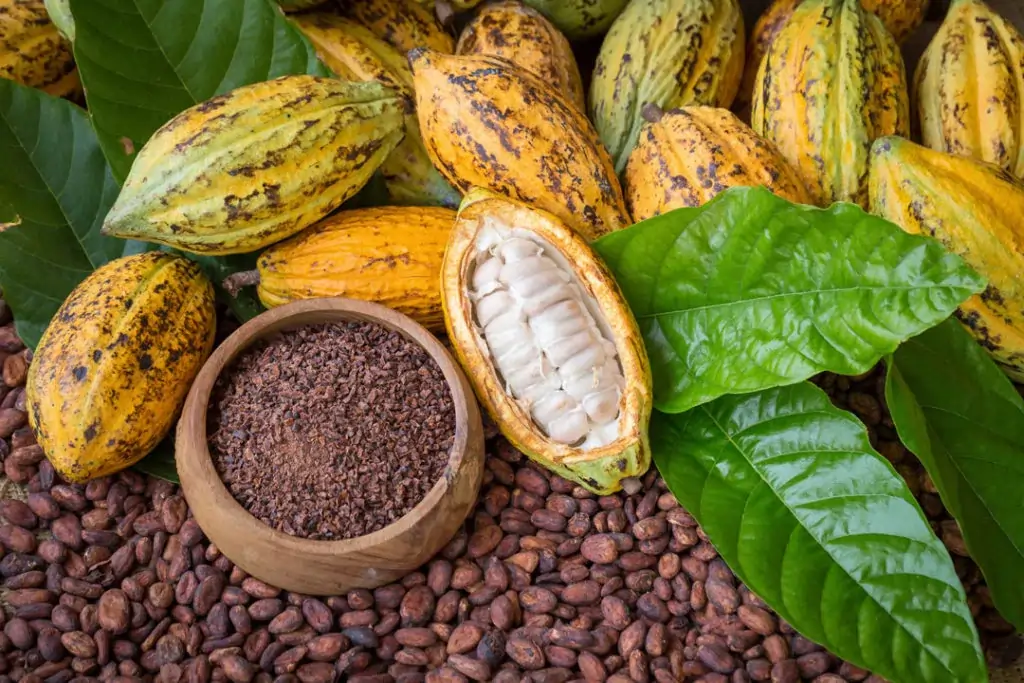
- Fruity – Orange, lemon, maracuya passionfruit
- Floral – Jasmine, lavender
- Herbal – Anise, liquorice
Sadly, Nacional is extremely susceptible to disease, limiting widespread production. But its prized flavor commands premium pricing for exclusive Ecuadorian chocolate.
High-Cocoa Content – Pure Intensity
Rather than a genetic variety, high-cocoa chocolate simply contains a higher-than-average concentration of actual cocoa components. This provides an intense dark chocolate experience showcasing the cocoa itself with little dilution.
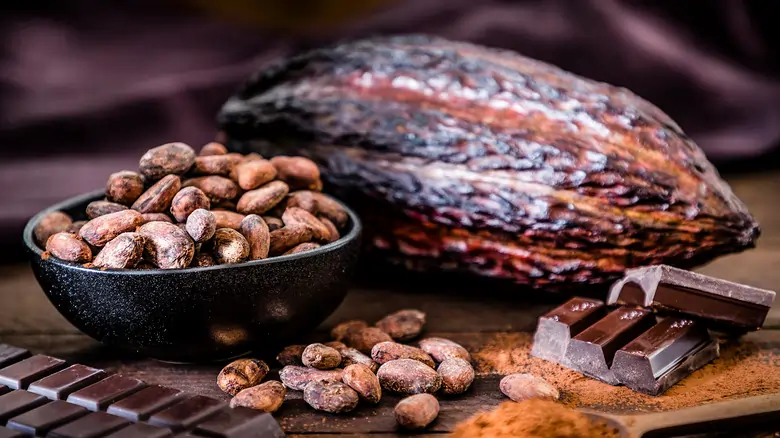
Flavor notes concentrate as cocoa content increases:
- 60%: Slight sweetness balances intensity
- 70%: Bittersweet intensity with coffee, earthiness
- 80%+: Pure chocolate intensity, bitterness
Anything labeled “dark chocolate” in the US must contain at least 35% cocoa. High-cocoa varieties range from 60% to 100% cocoa content.
Comparing the Pros and Cons
Next, let’s summarize some of the key advantages and disadvantages that come with each major cocoa variety:
| Type | Pros | Cons |
|---|---|---|
| Criollo | Exquisite flavor and aroma | Low yield, high cost |
| Forastero | High yield, low cost | Average flavor |
| Trinitario | Good yield and flavor | Can be difficult to source |
| Nacional | Unique fruity/floral intensity | Extremely low production |
| High-Cocoa | Rich flavor in dark styles | Can be bitter without sweetness |
Criollo is treasured for uniquely complex flavor but suffers from minuscule production volume and susceptibility to disease. It offers a truly elevated gourmet experience but don’t expect to find it in standard supermarket candy bars!
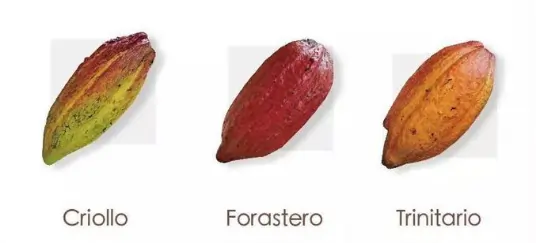
Forastero on the other hand lacks refinement but makes up for it in heartiness and abundant supply. It might not inspire poetry and joy like Criollo, but Forastero gets the basic chocolate job done for 85% less money. I think I just found a new Tinder bio…
Trinitario strikes a fine balance in the middle, blending flavor depth and hardy genetics for solid commercial production. It manages to achieve reasonable scale while still showcasing more character than workhorse Forastero.
Nacional holds a special place as the rarest of Ecuadorian cocoa beans with an intense fruity personality. But virtually non-existent disease resistance prevents widespread cultivation, keeping it extremely scarce relative to demand.
Finally, high-cocoa products sacrifice added sugars for pure chocolate intensity. This allows cocoa’s inherent flavors to take center stage, delighting purists but potentially overwhelming casual chocolate lovers seeking sweetness.
Now that we’ve covered the key differences among cocoa varieties, let’s look at how real-world usage differs.
Cocoa Variety Use Cases and Applications
With so many cocoa options on the shelf, how do you pick the right one for your specific needs? Here is a quick guide on which types work best for various applications:
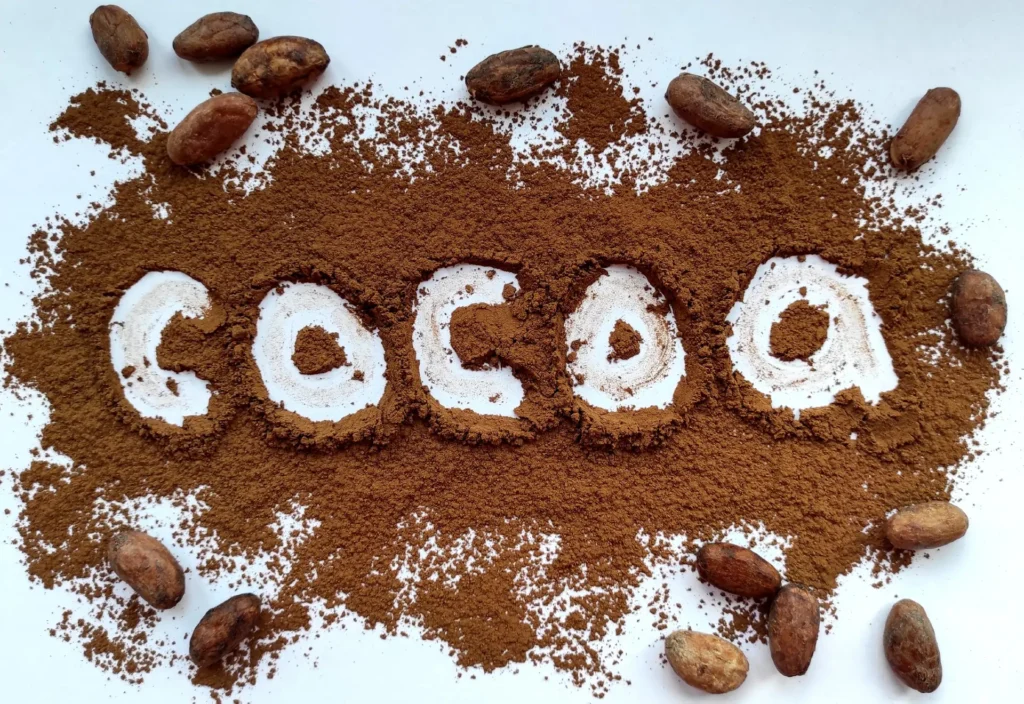
Baking/Desserts
For preparing rich chocolate baked treats like cakes, cookies, and brownies, mainstream Forastero cocoa brings reliable chocolate flavor without the sticker shock of rarer types.
Everyday bakers aren’t likely to notice the nuances between cocoa varieties once smoothed into decadent molten chocolate cakes anyway. I can personally attest after shoving my face with baked goods on more than one occasion.
Hot Cocoa Mix
To elevate powdered cocoa mixes for creamy hot chocolate, Trinitario offers a nice sweet spot between affordability and aromatic flavor depth. The balanced fruitiness enhances the lush chocolate richness heating up cold nights.
Gift Chocolates
When selecting a chocolate gift box to impress recipients, premium Criollo bonbons from a specialty chocolatier make for truly decadent presents they’ll savor. Each piece bursts with fruit and spice layered complexity. Hopefully the gift recipient will share and not just hoard all the goodness for themselves!
Snacking Chocolate
For casual everyday chocolate snacking, mainstream value Forastero bars offer reliable satiation without burning cash better spent on rent. Is a Hershey’s bar divine gourmet chocolate?
Certainly not. But does it satisfy a nagging 3pm chocolate craving when you’re hangry at your desk on a Tuesday? Absolutely.
Cooking/Baking Chocolate
When a recipe calls for pure hardened chocolate, High Cocoa varieties provide uncompromising rich flavor and optimal viscosity for baking and candy making.
Go for at least 60% cocoa content to ensure the chocolate integrity needed for glossy ganaches, fudgy brownies, and tempered confections. But have some sugar on standby to offset bitterness!
Chocolate Sommeliers
For the ultimate chocolate snobbery, only Nacional grown in specific microclimates will do. Follow the lead of aspiring “chocolate sommeliers” waxing poetic about the jammy undertones that transition sublimely into elderflower. I might need to purge my thesaurus now. 🙄
Key Takeaways and Next Steps
We’ve covered a ton of terrain exploring cocoa types, so let’s recap key learnings:
- Many cocoa varieties exist with unique flavor profiles and traits
- Premium Criollo offers unrivaled flavor complexity but low yield
- Mainstream Forastero brings basic chocolate taste and high yield
- Trinitario strikes a balance between flavor and hardiness
- Nacional provides incredibly rare fruity flavor
- High cocoa chocolate intensifies taste with less sugar
Hopefully this guide provides a helpful foundation on the world of cocoa! Let us know if you have any other varieties you’d like to see covered in future posts. And please join our totally-not-made-up Cocoa Connoisseurs Club for more chocolate price gouging adventures!

